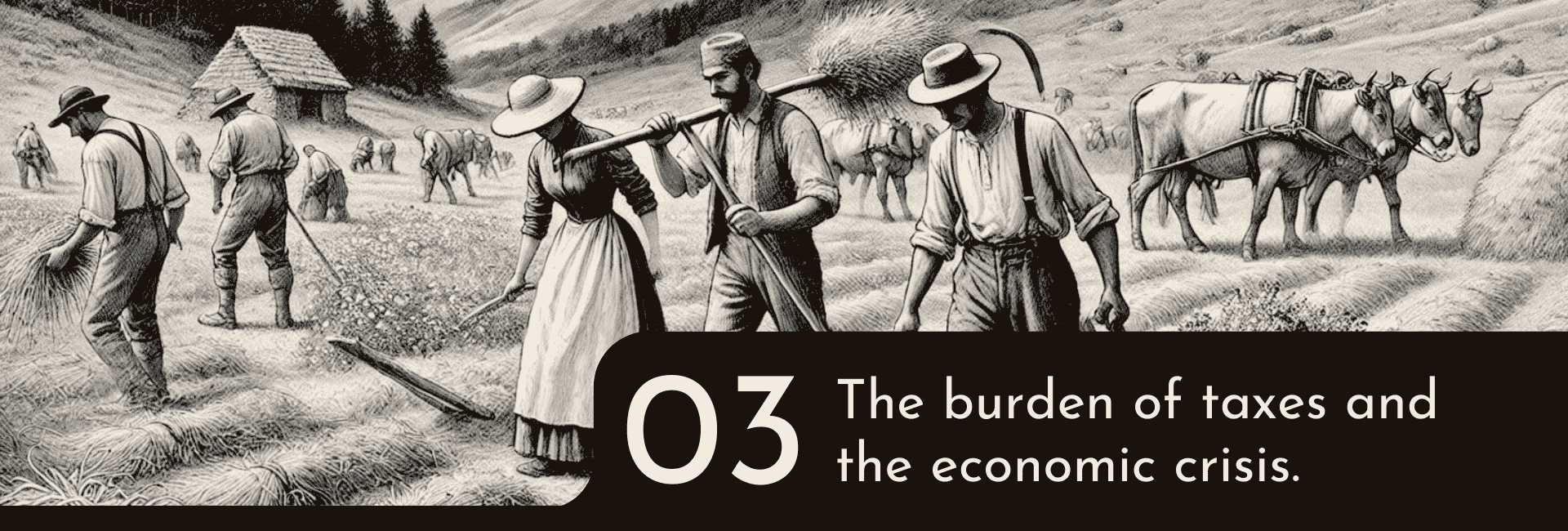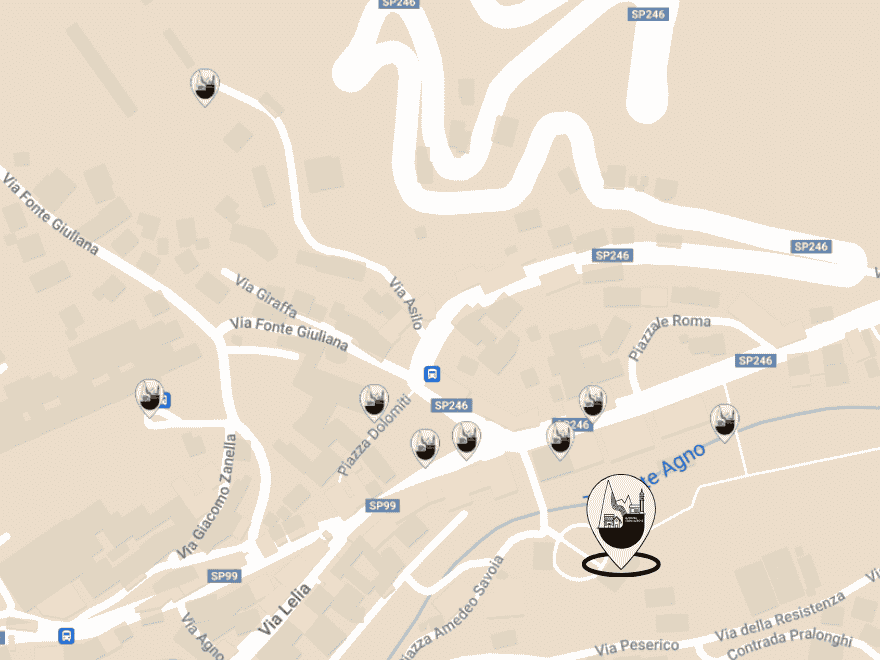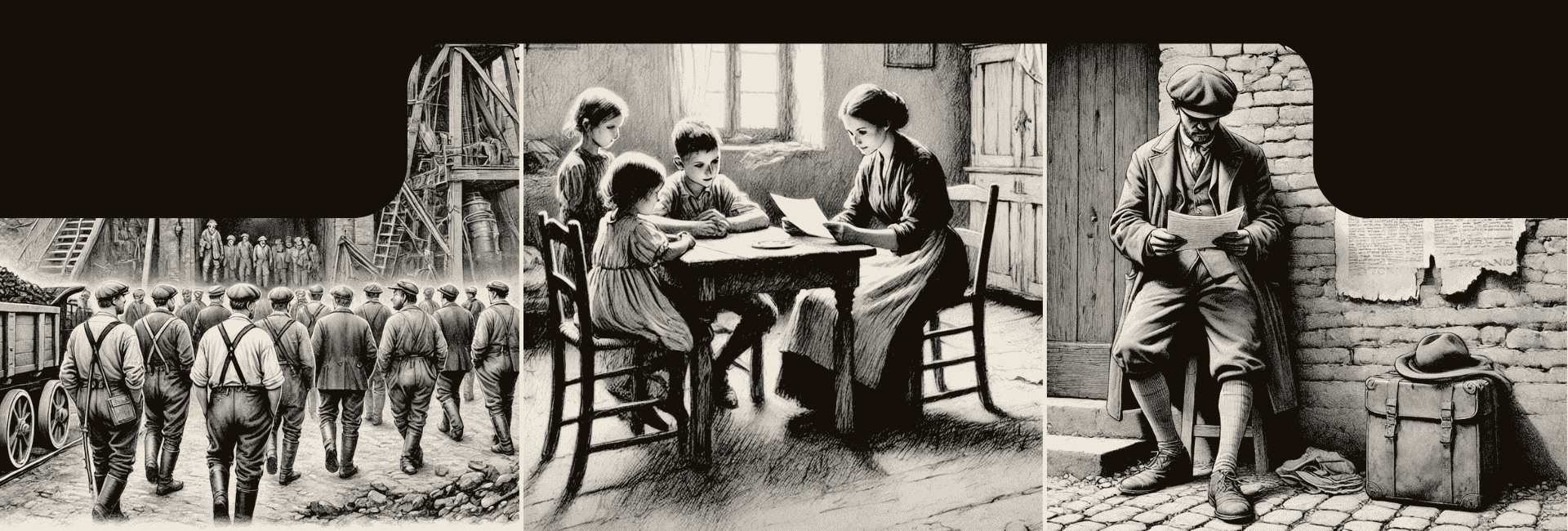
![]()
Virgilio Trettenero Monument
Park "V. Trettenero" entrance, Recoaro Terme
03. The burden of taxes and the economic crisis
Excessive taxation, like the corn mill tax, and the collapse of agricultural prices forced many Italians to emigrate.

IThe Italian tax system after unification, characterized by indirect taxes like the grain tax, exacerbated social inequalities and worsened the economic conditions of the poorest segments of society. This tax, introduced in 1869 and abolished in 1884, primarily burdened peasants who were already struggling because of backward farming methods and a taxation that was disproportionate to their income. At the time of its introduction, this tax added an average cost of 50 cents per quintal of milled grain, a significant increase considering that the average annual income of a peasant family was around 300 lire. The burden of this tax amounted to 10-15% of the poorest classes’ household budget.
Parallel to this, the agricultural crisis further aggravated the situation: the influx of low-cost grain from America destroyed the competitiveness of Italian products, which were already hindered by backward farming methods. These factors, combined with rising inflation, made life unsustainable for many families. By 1880, the price of wheat in Italy had fallen by 30% compared to the previous decade.
Migration, in this context, was not merely a choice but a necessity to escape a system that seemed to offer no alternatives. Tax burdens and the economic crisis were not simply reasons for leaving; they were the driving forces behind an exodus that transformed both Italy and the destination countries..
Annotated bibliography:
Zamagni, Vera. Introduzione alla storia economica d’Italia.
A flexible and personal journey
It doesn’t matter where you start or which stage you choose to explore first, each point will tell you an important part of “La nostra storia altrove”. You can explore our cultural roots or focus on the social and economic impact of the phenomenon. The important thing is to reach the end, piecing together a great historical puzzle that tells us who we are and where we come from.
